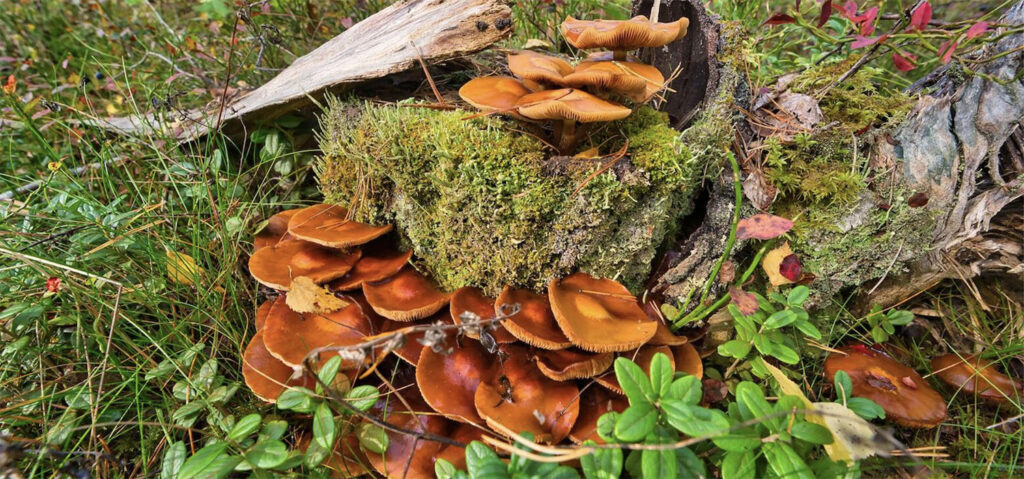By Kaitlyn Scanlon, Alliance Intern from Oregon State University ’26
It is shocking that “new estimates suggest as many 3 in 4 undescribed vascular plants are likely to be already threatened with extinction,” according to scientists from Kew Royal Botanical Gardens. These findings are based on their work with the International Union for Conservation of Nature (IUCN) Red List of Threatened Species, a comprehensive listing of the world’s threatened and endangered species. The list organizes some of the 42,100 species threatened by extinction worldwide.
Unfortunately, it looks like a vast multitude of plant species either will soon be joining its rankings or be lost entirely. Up until now, 350,000 species of vascular plants have been identified scientifically. However, scientists find themselves faced with a formidable challenge: naming the up to 100,000 species that are yet to be formally classified. The challenge is made all the more urgent by the fact that when a species is not yet named, it has a much higher risk of not being protected and thereby increases its chance of extinction.
These disturbing findings emerged from scientific comparisons of data from the World Checklist of Vascular Plants (WCVP) and the IUCN Red List that aimed “to examine links between the year a plant species is formally described and its extinction risk,” as stated by kew.org. Researchers discovered “a clear relationship between the year of description and the risk of extinction, with more than 77% of species described in 2020 meeting the criteria to be assessed as threatened.”
Furthermore, the report found that the more recently discovered species showed a higher likelihood to meet the criteria of a higher threat category. Here’s another jaw-dropping stat delivered by Kew scientists: “over 59% of species described in 2020 are likely to meet the criteria for Endangered and 24.2% are likely to meet the criteria for Critically Endangered.” With those findings in mind, Kew scientists “are now calling for all newly described species to be treated as though they have been assessed as threatened unless proven otherwise.”
As taxonomists and conservation assessors strive to identify efficaciously, they’re finding that “more and more newly described species have narrow ranges (many are described from a single location) and are undergoing population and/or habitat decline.” Fortunately, Kew scientists assert that “full assessments on the IUCN Red List will aid their conservation efforts, as these, or other formal extinction risk assessments, greatly aid conservation efforts.” We are in a fight against time and the dangers of extinction, so every species matters.

